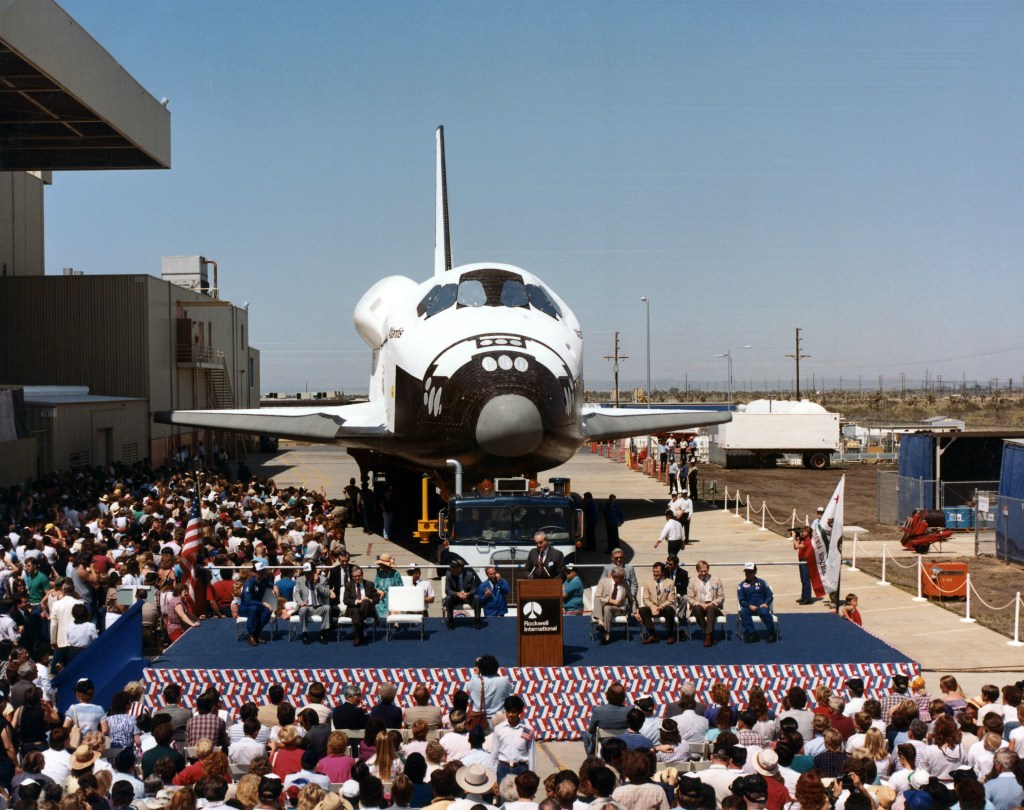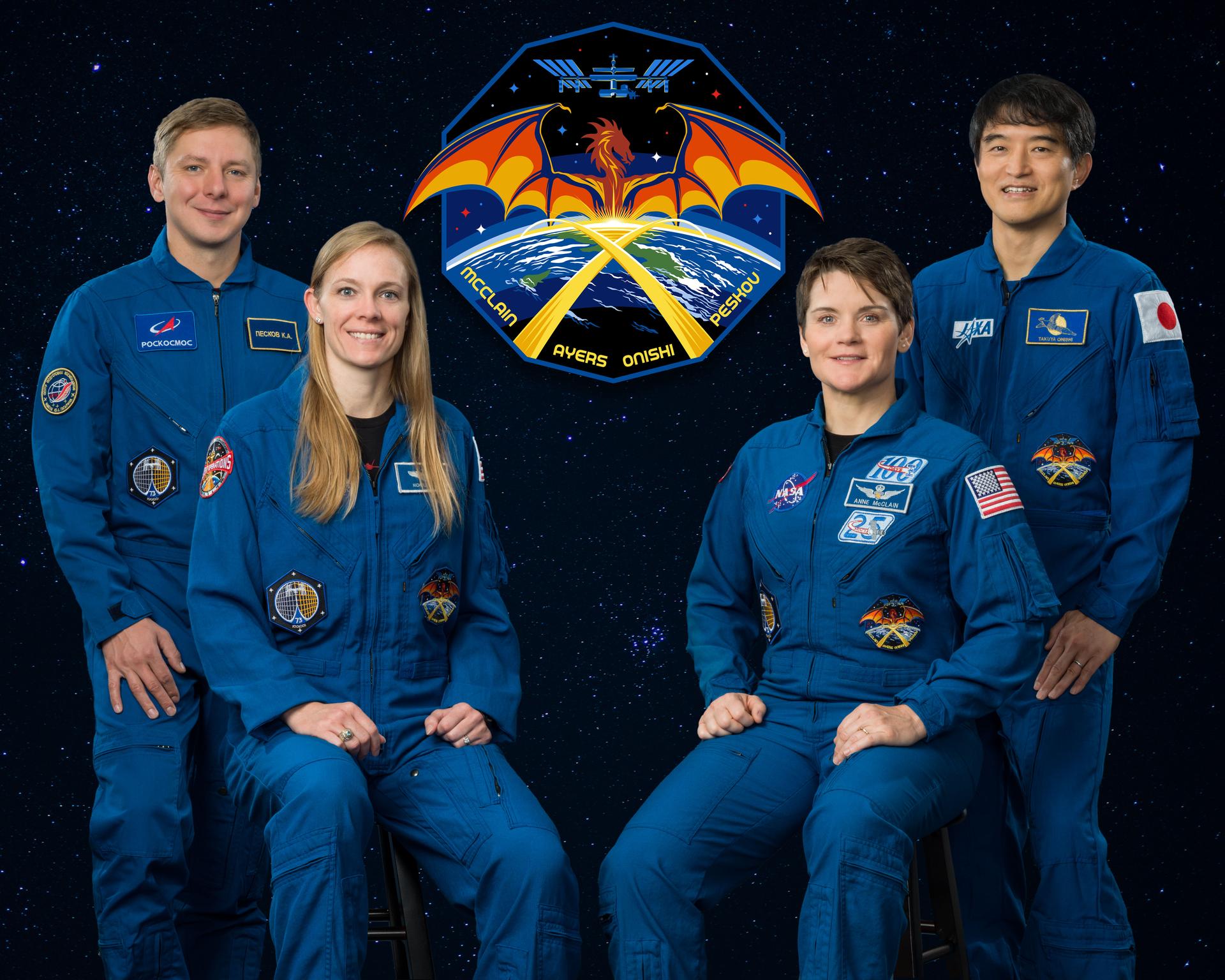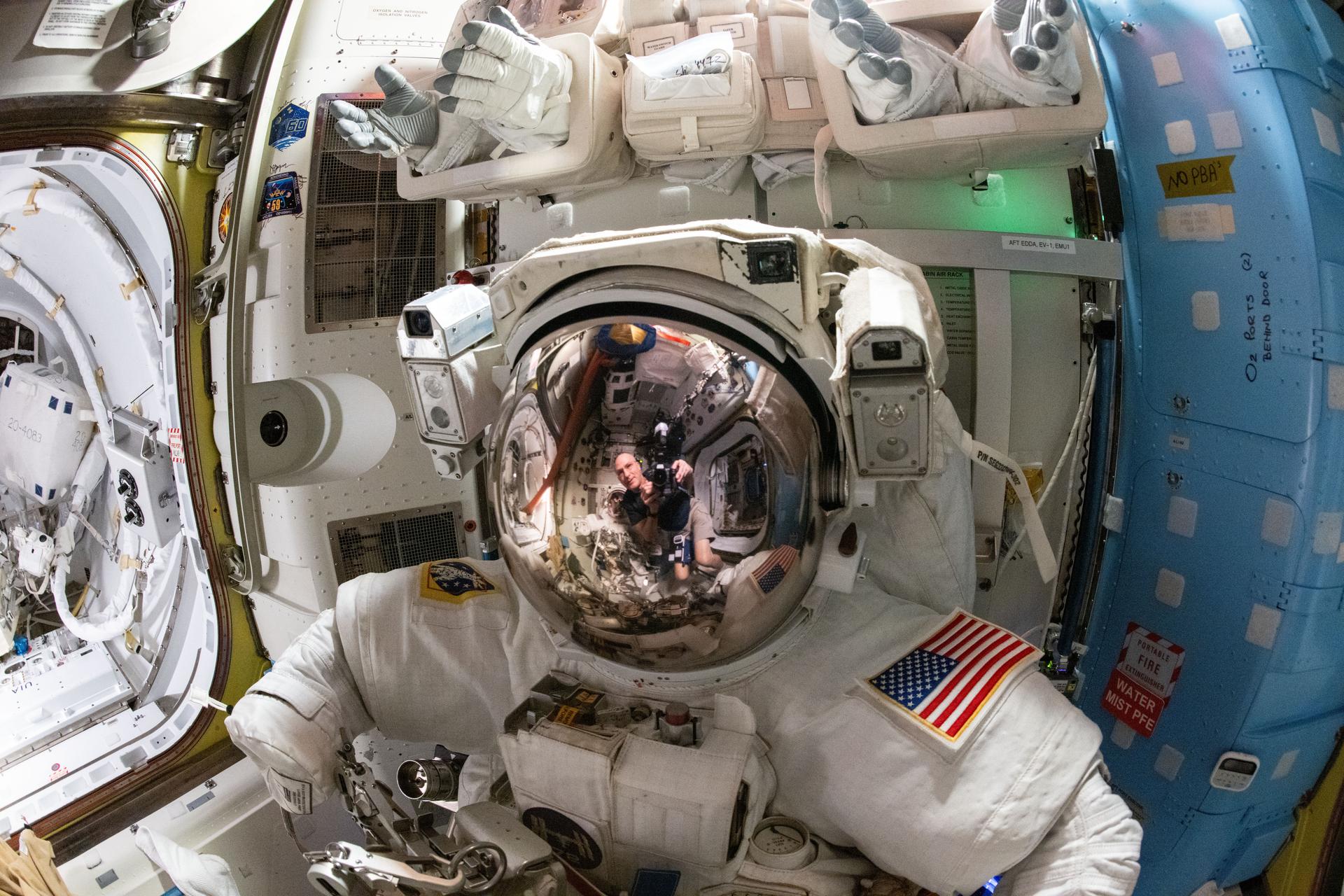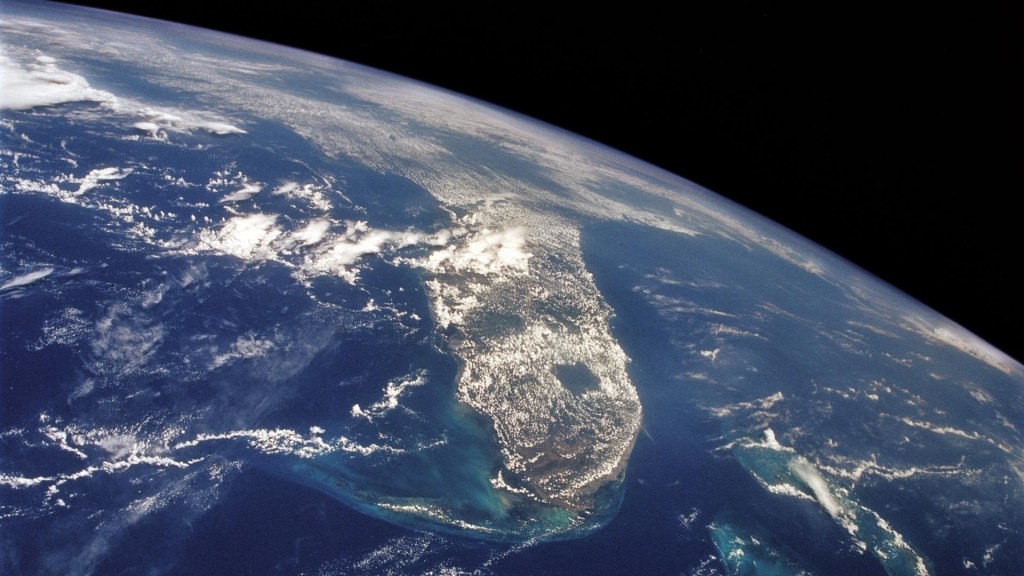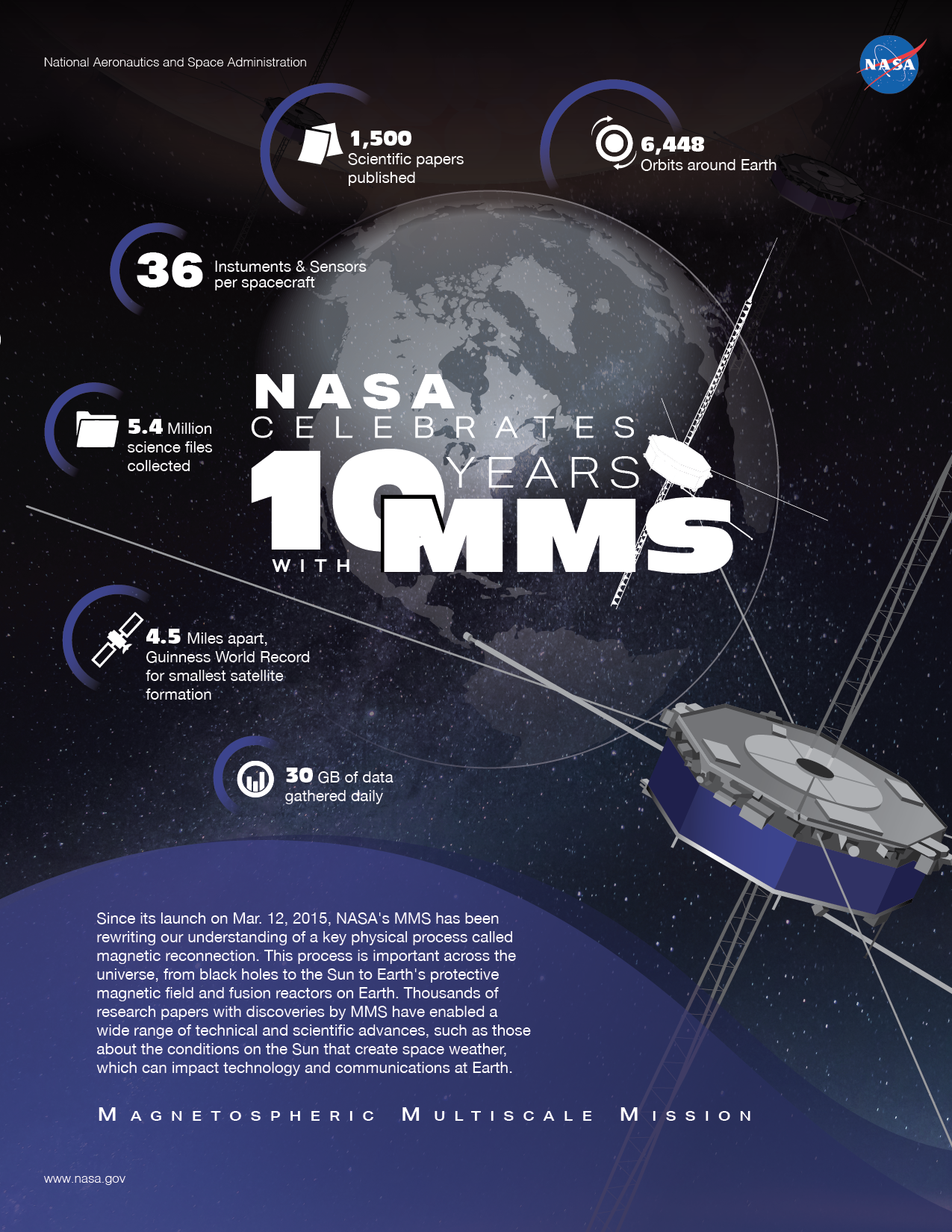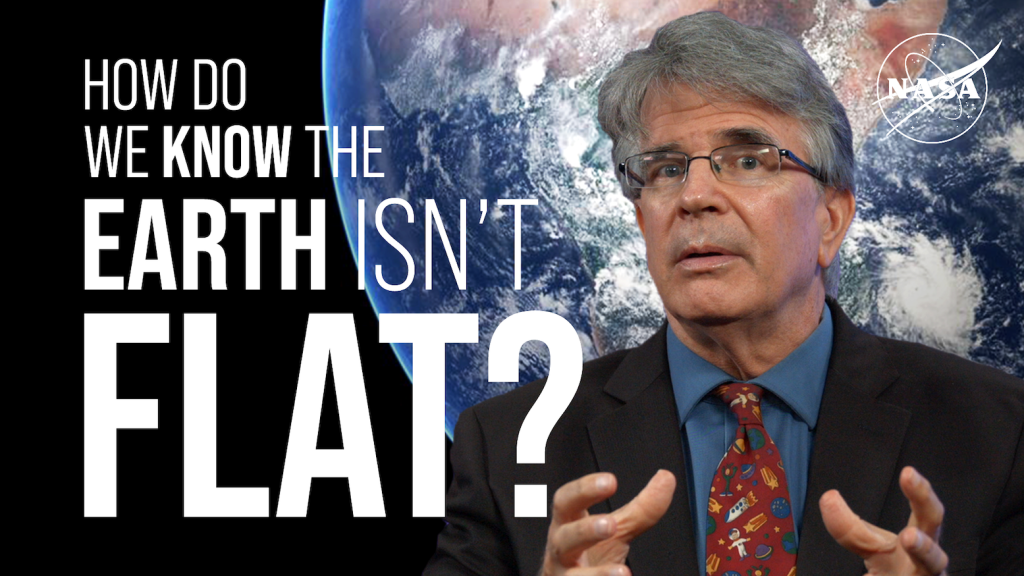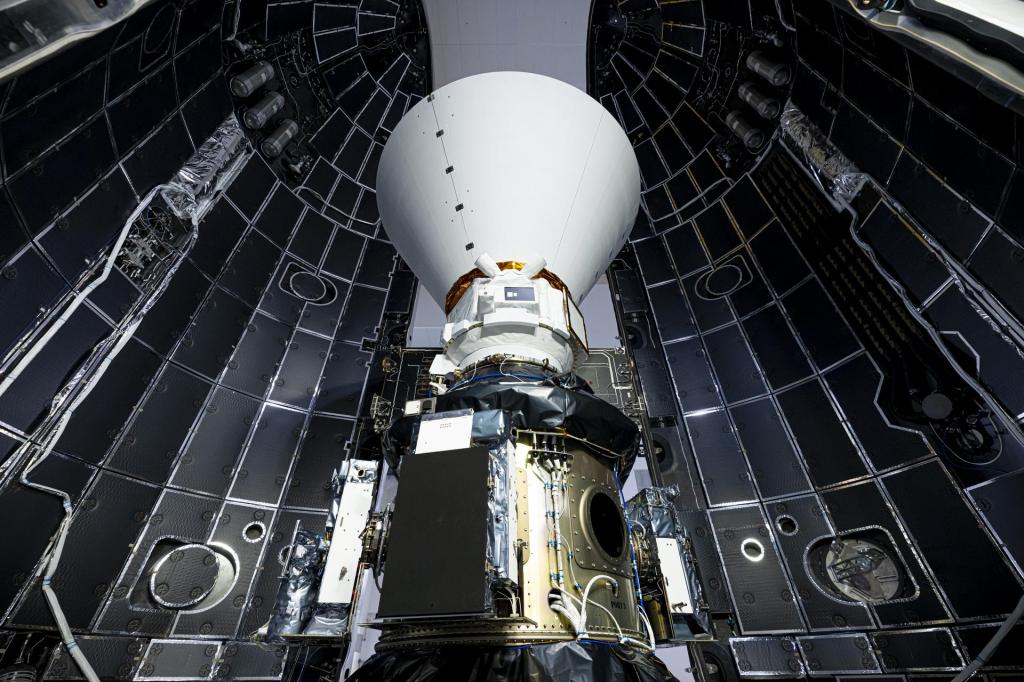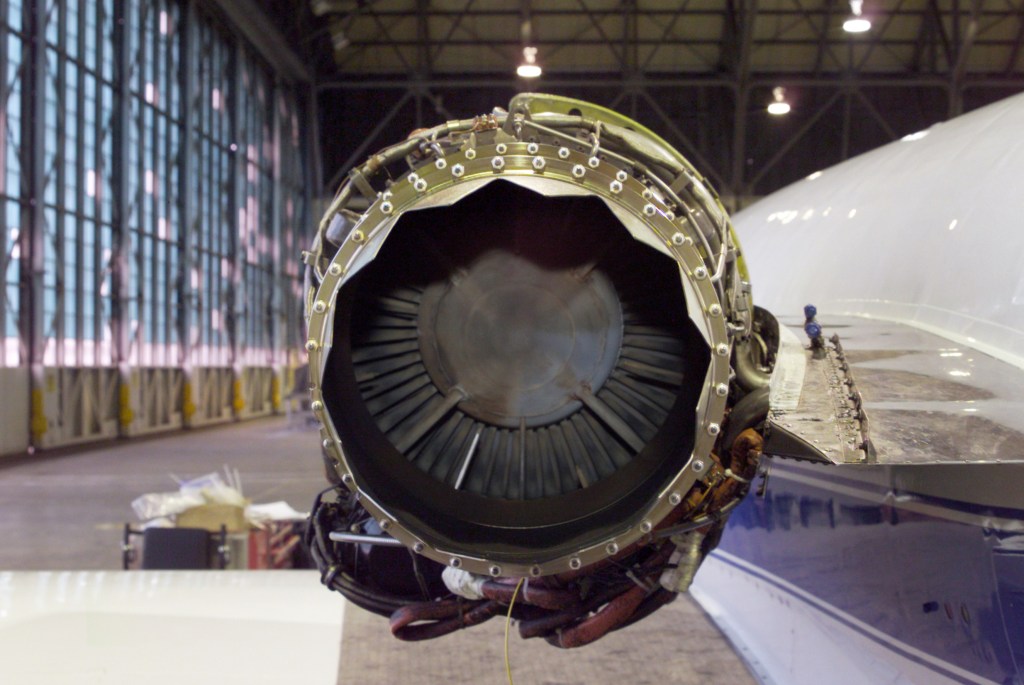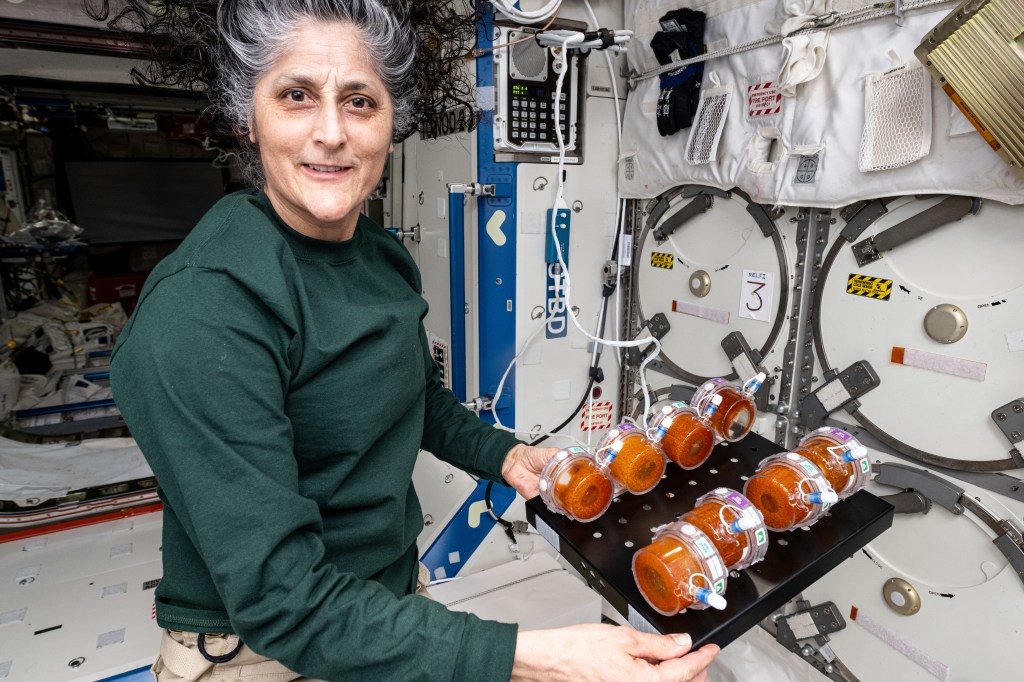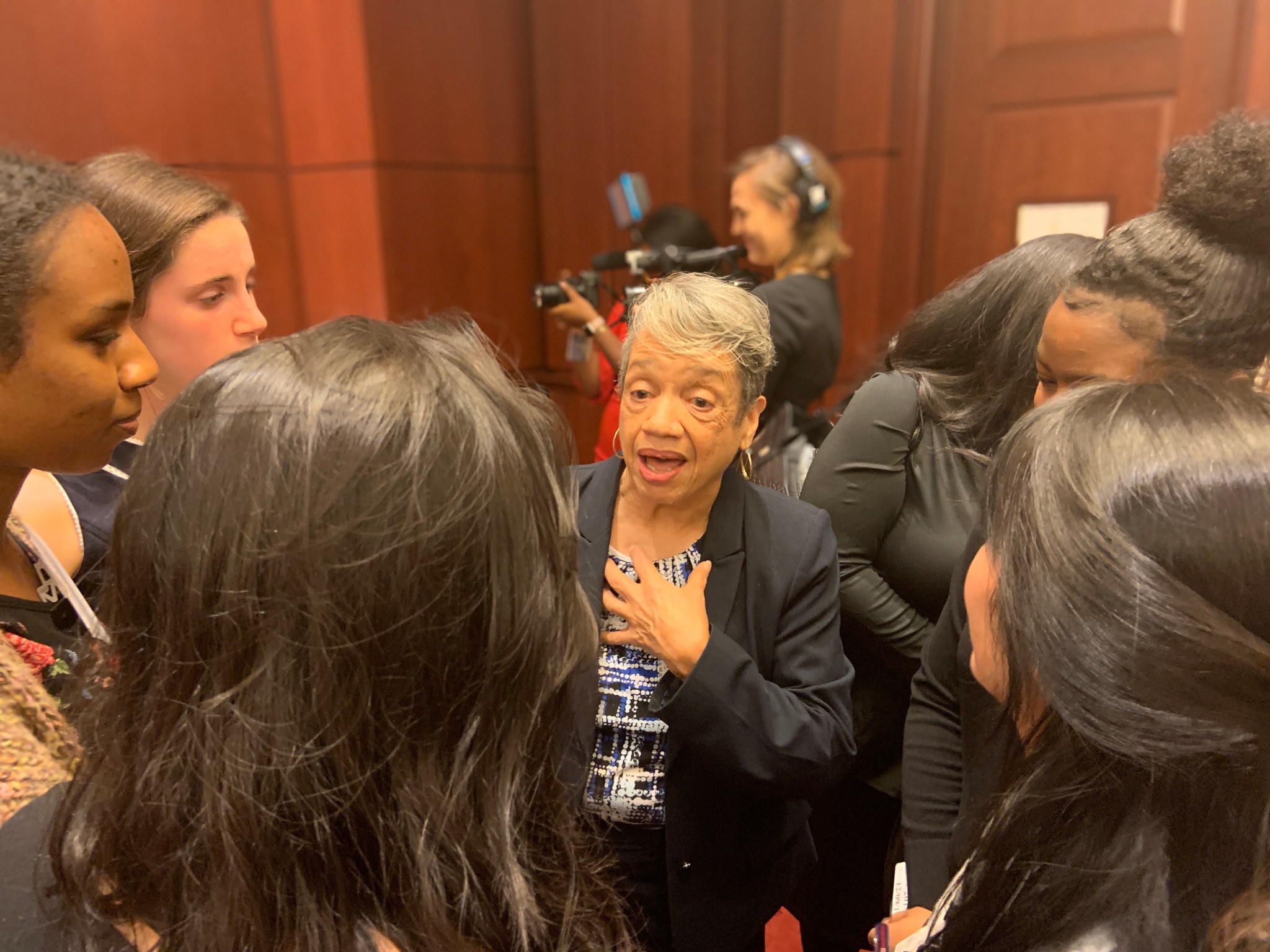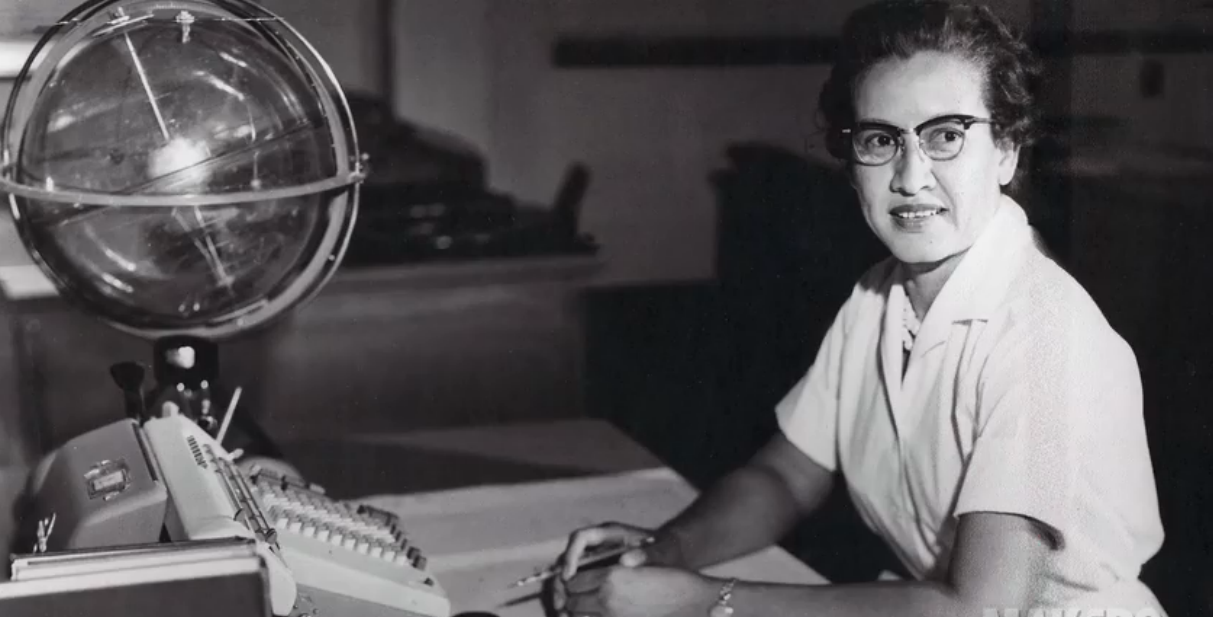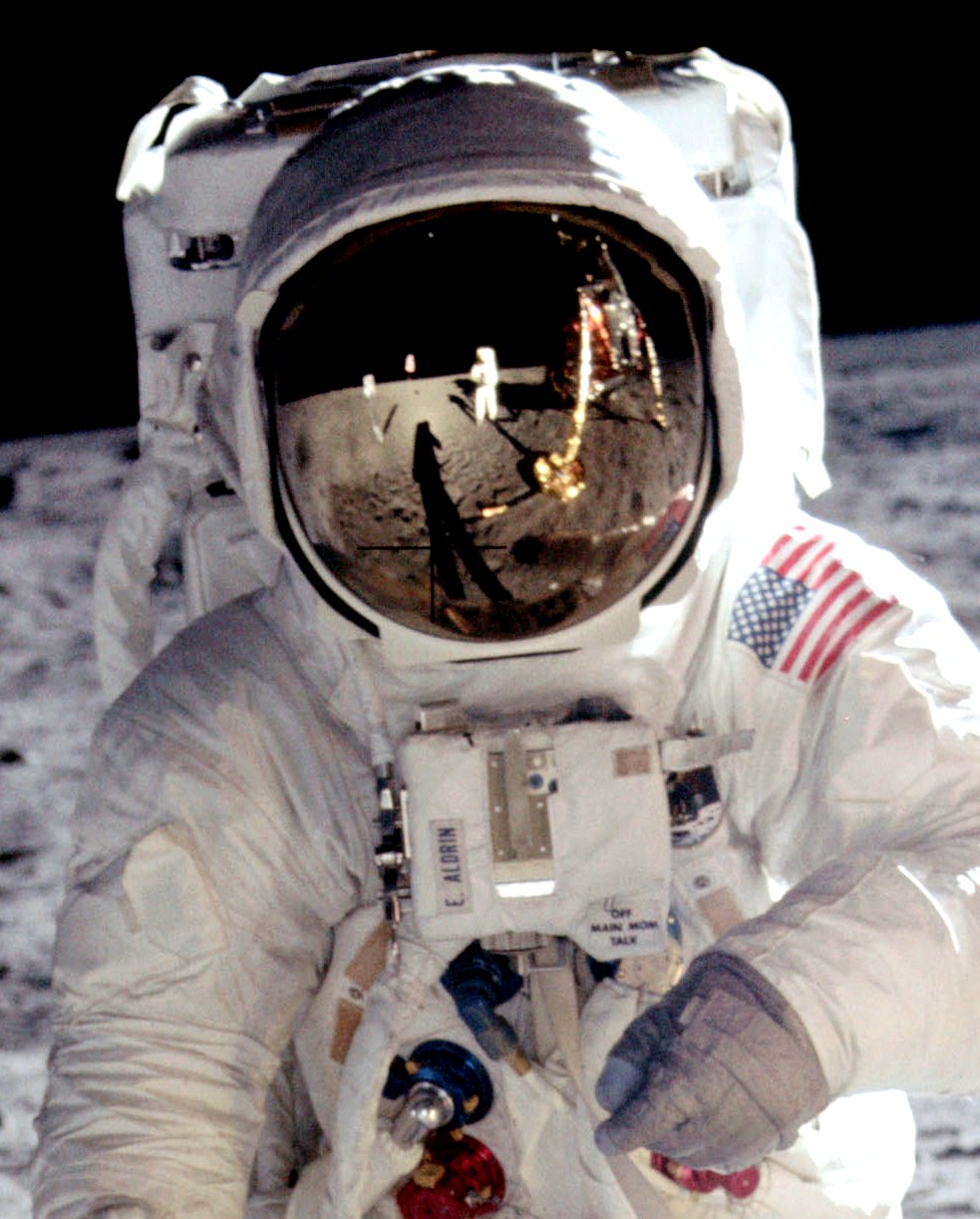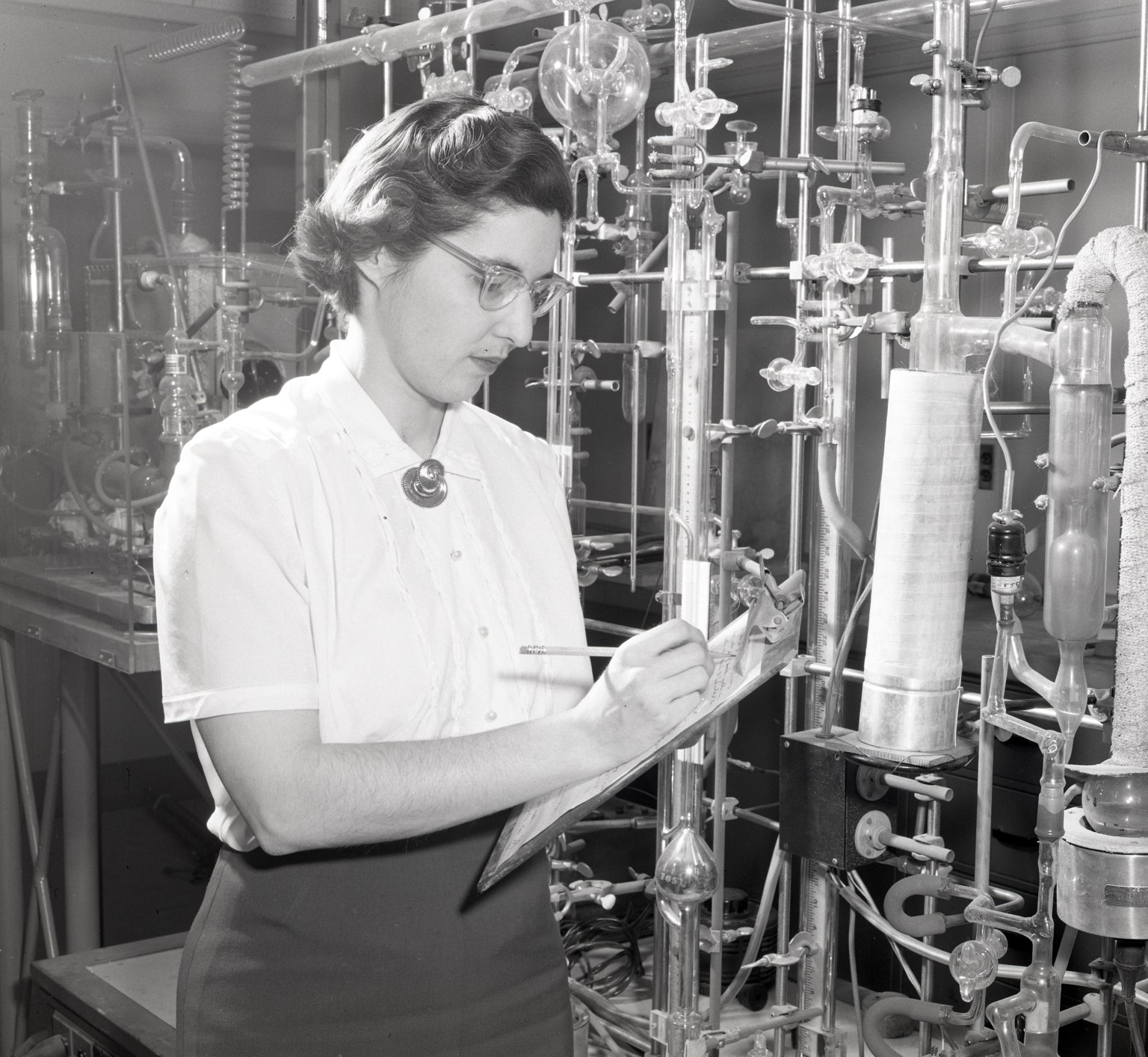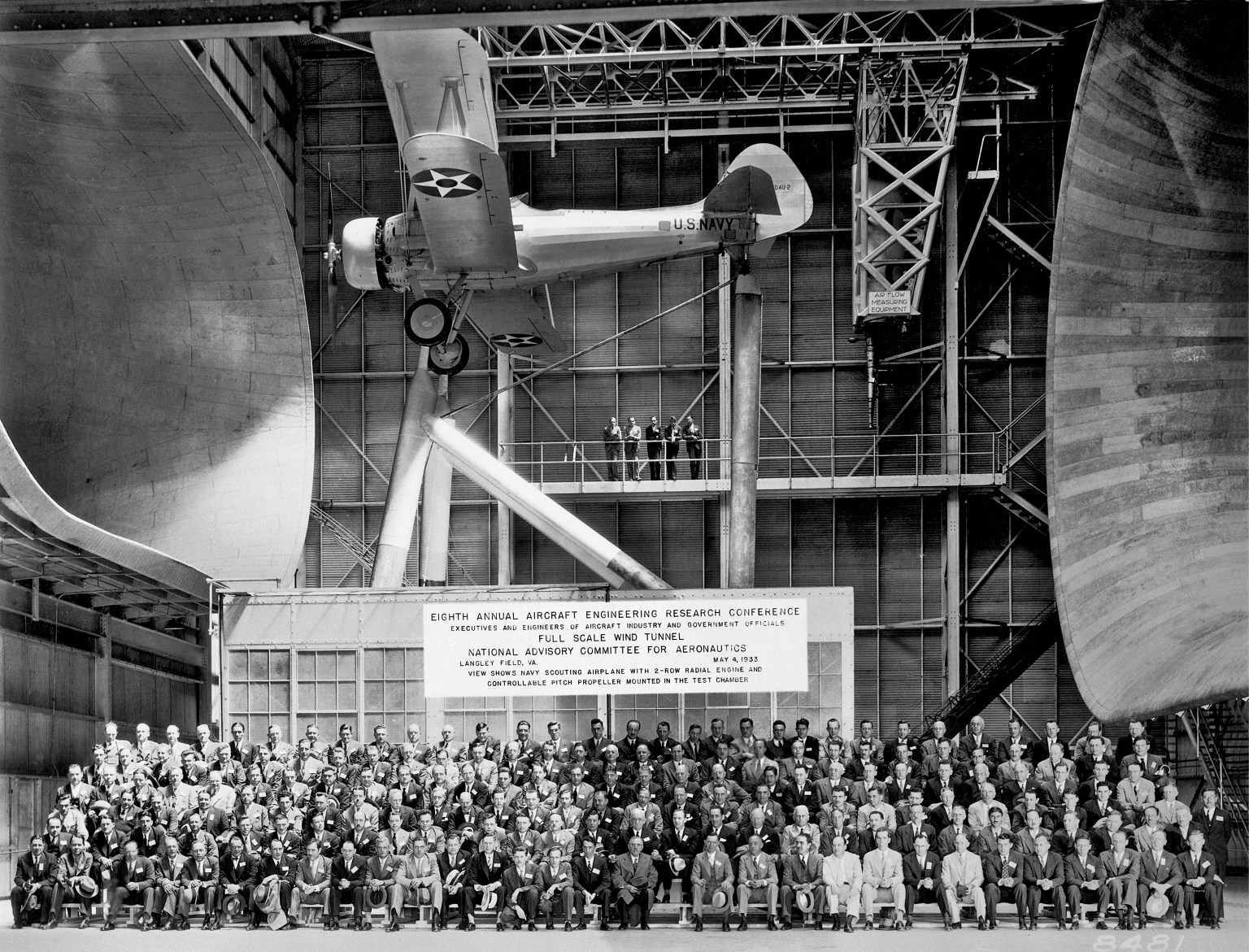NASA’s always been a unifying force even during our country’s most turbulent times.
Last month, President Donald J. Trump signed the Hidden Figures Congressional Gold Medal Act. The legislation awards four female African-American NASA mathematicians, engineers and researchers, highlighted in the 2016 book and movie “Hidden Figures,” with congressional gold medals. The highest civilian award will be given to Katherine Johnson, Dorothy Vaughan, Mary Jackson and Dr. Christine Darden, individually. The women worked at NASA’s Langley Research Center in Hampton, Virginia in the late 1950s.
A fifth medal will honor thousands of other female ‘human computers’ who went unrecognized, despite their significant contributions to the U.S. space program.
“This is big and bipartisan and celebratory and exactly the kinds of things we can do,” said Virginia Senator Tim Kaine, who helped introduced the cross-party legislation. “It’s more than a recognition, it’s also a powerful encouragement to try and be that society that nourishes and grows the talents of all.”
A reception to celebrate the congressional gold medal winners took place on Monday, Dec. 9, and included keynote remarks from Darden, a retired NASA aerospace engineer, and NASA deputy director Melanie Saunders. The pair, along with “Hidden Figures” author Margot Lee Shetterly, joined elected officials and local high school science, technology, engineering and mathematics students to reflect on the significant contributions of NASA’s ‘Hidden Figures.’
“Once you take the first step, anything is possible,” Shetterly said during the event.
The agency took the first steps with the Apollo program 50 years ago and plans to use what was learned then to explore further with the Artemis program.
Artemis will land the first woman and the next man on the Moon by 2024 and pave the way for the next giant leap – sending astronauts to Mars. The program hopes to once again unite our country and the world, as NASA researchers, scientists, and engineers create innovative new technologies to explore more of the lunar surface than ever before. This will require collaboration with commercial and international partners to achieve the goal of sustainable exploration by 2028.
“I would to see us have the capability of routine flight in space almost like we do airplanes today on Earth,” Darden explained when asked what excites her the most about Artemis.


